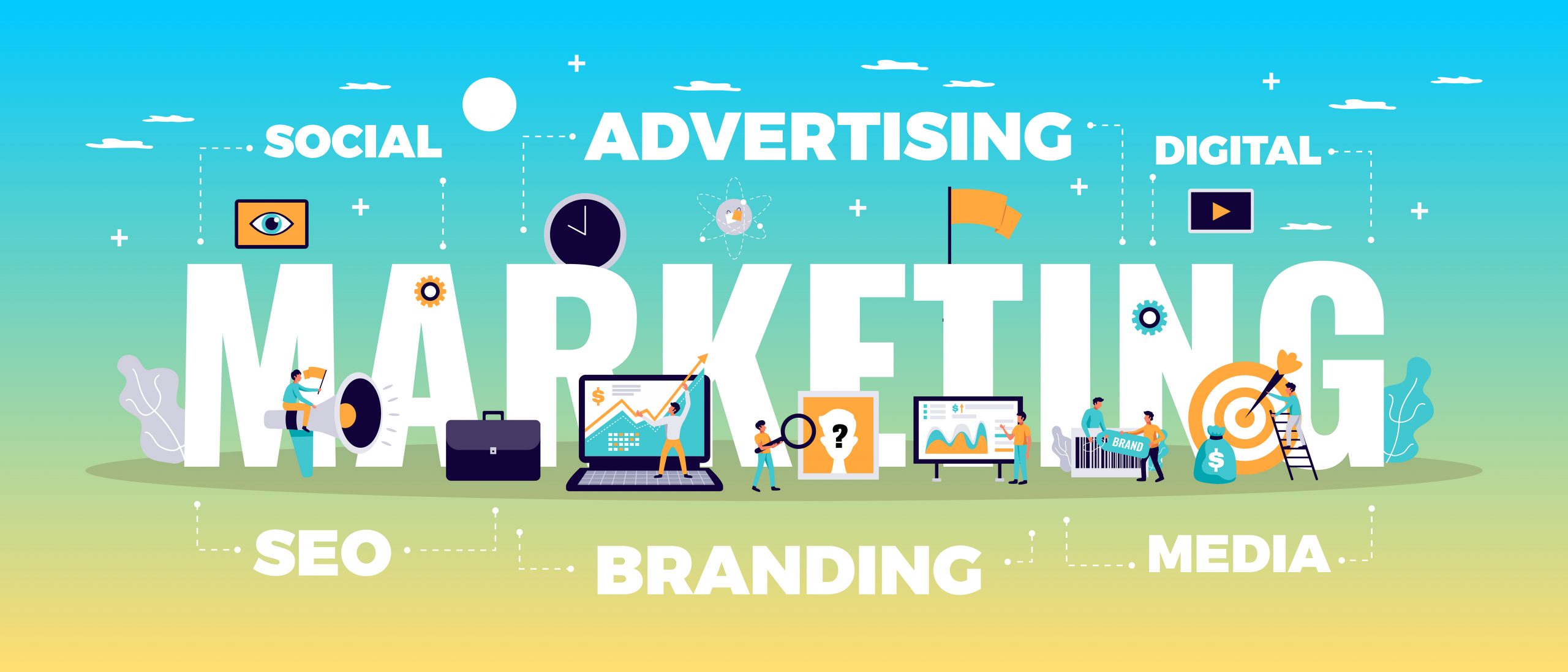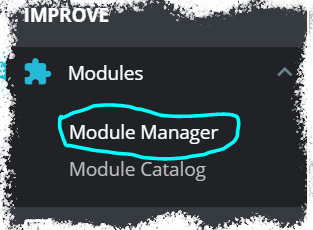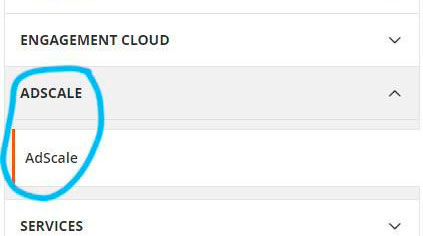A probable client, permanent or spontaneous, is a source of any business profit. The e-commerce development is directly connected with the client behavior investigations to provide business enhancement and prosperity.
Any commercial success is based on the detailed prediction of the targeted audience’s tastes, desires, requirements, or expectations. However, the e-commerce business task is not dedicated to investing in the comprehensive research of all categories of the customer journey in the global network. The goal is to realize the ordinary customer opportunities and financial capacities to cooperate with your business for an extended period.
For instance, you own a high-potential online retail jewelry store with exclusive and expensive gemstones. Your target group is clients with medium or high-leveled incomes and sophisticated taste. So, to catch and attract these beneficial groups to your website, you need to examine their searching channels and so-called places of interest. They could visit Instagram pages, make Google or Siri inquiries, belong to the beauty blogger watchers, etc. In this case, your marketing and SMM experts’ challenge is to find the described audience, learn their features and make them your clients.
From an economic point of view, you should build a detailed marketing strategy that contains the relevant verification of the client’s awareness, consideration, and decision-making readiness. Thus, if you know your future buyer, you could be calm that your e-commerce business will have stable revenues, flexible tools for the customer needs, and enough experience to expand the product and client segments.
Client Route And Value In E-commerce Mapping

A buyer journey is a well-organized investigation of the potential client route, which starts from analyzing the pain points and finishes when the clients decide to purchase the particular branded product available at the e-commerce platform. To better realize purchaser behavior, the digital business owners should turn into these clients’ shoes and review your products or services from the user side.
So, the e-commerce customer analysts define three step-by-step principles that help to realize the buyer journey map and predict their lifetime value for the business scaling:
- Awareness. Here clients are searching for the benefits to solve their pain points or issues. It makes them activate different channels of information sources. So, the task of the business is to predict reliable data and solutions for such clients.
- Consideration. This milestone provides the buyers with a broad range of instructions and video tutorials about conclusive pros of the presented products and services
- Decision. The final result of the customer exploration is the actual purchase and a set of bonuses to continue the relations with the buyers.
The business analysts and design strategists specialized in the e-commerce business marketing tools should be your crucial staff who qualifiedly verify the targeted audience for your production deliverables and increase the revenue indicators.
The post-pandemic economic recovery determines the significant positive tendencies in the e-commerce business enlargement. The US distinguishes the digital markets as the top 10 industries for the national economy development with nearly 340 billion USD in 2021.
The highly growing movements in e-commerce prove that online sales could stimulate buyers to use digital devices and go shopping without any additional efforts or time spending. Otherwise, these sales become real when the business segments the markets, explores the client behavior, occupies their separate domain, and maintains the relations to improve their commercial offers.
E-commerce Customer Journey Map

The strategically primary element for the helpful e-commerce business client-focused marketing tools is to split the customer journey and form the map of its destinations. The outcome should provide ready-made solutions for the client attraction. In other words, you may get acquainted with a simple scheme to visualize the e-commerce customer journey map based on the milestones and principles above:
| Actions | Compare. The buyers analyze the available offers and commercial information to find the best option which satisfies their expectations. Decide. The detailed or spontaneous decision based on the fundamental analysis of the opened information sources is a previous readiness to purchase or choose the particular service. Enroll. In this case, the ordinary buyers become the permanent clients, which could improve your business propositions. Use. Satisfactory follow-up cooperation with clients is a way to boost your profits and assure the customers about their specialty and importance for business. |
| Measures | The sub-divided activities concrete the actions above and detail the client searches or grouped measures that transfer them touch point-to-touch, leading to the mutually beneficial result. |
| Perceptions and feelings | The e-commerce business should use different personalization and customization tools to arise feelings of particular importance and value and maintain established ties with probable clients. |
| Channels | Channels could classify the awareness and follow-up sources to collect the client information and investigate the business offers. They mainly comprise emails, push notifications, messengers, analytical fact-findings of browser searchers, feedback forms and chats, etc. |
Why Is It Important To Explore E-commerce Customer Experience?
The buyer experience is a top-line in e-commerce business development. Successful businesses are ready to invest large amounts of time, energy, and resources in knowing their customers and distinguishing how to collect more information.
The buyer experience exploration has many benefits if the e-commerce company upgrades relations with their customers using the following elements:
- reliability (the indicator of constant and trustful ties between business and its clients);
- availability (accessibility to product or service stores, and 24/7 technical and consulting support);
- simplicity (understandable front-end of the developed digital platforms and items easy to use);
- adaptation (compliance with the customer tastes and desires);
- anticipation (customer motivations to grow together with business transformations under the innovation changes);
- accountability (the certified know-how about business development committed to their buyers).
But, what happens if you catch your client? In this case, the business mission is limited by the tasks and actions dedicated to attracting the client and making them stay with you for an extended period. This is the most simplified mechanism for the e-commerce customer experience explanation.
The buyer tailored capacities utmost mean the ex-post purchase servicing and communication with the clients. The business typically uses different assessment and feedback forms to know the independent opinion of the buyer to improve their products and verify the satisfactory level after the shipping of the goods. The experience is primarily cognitive and emotional perceptions of the product usage. It is a very light indicator and various servicing and technical support methods, including e-commerce personalization and customization tools, impact the tailored customer interactions with the business.
How To Increase Customer Lifetime Value In E-commerce Sales?
It is not surprising that e-commerce business owners are looking for advanced possible methods and tips on how to increase the customer lifetime value. The tailed digital marketing experts recommend to:
- personalize the web resource options and keep the regular communication with the clients;
- provide the maximum suitable shipping and ordering process highly appreciated by the purchasers;
- keep the sharp recording and monitoring any minor changes on the e-commerce customer journey;
- investigate the new products and communication deliverables in social media and searching browsers; and
- introduce the economically proved approaches for the comprehensive estimates of the business activities.
The traditional Pareto principle emphasizes that 20% of constant customers make 80% of purchases. This statement is also relevant to e-commerce business operations. The IT business research presumes that the significant e-commerce sales directly depend on the endless number of high-profit potential clients. This fact results when buyers contribute to the company their profits and satisfy their needs with preferable products or services. The permanent demand stimulates the companies to diversify their marketing objectives and tasks to balance regular and new clients.
One of the helpful methods to use the buyer experience for the company’s benefits is to control and leverage the customer lifetime value generated during at least the 12- or 24-month period of the commercial interactions with the e-commerce company.
To be more precise, the customer lifetime value explored by the particular logical frameworks shows their financial capacities to accelerate e-commerce sales. The success formula is simple:
Happy clients = Happy profits
In this case, the finalization of the purchaser journey should form the appropriate lifetime cycle, including company familiarization, interest, evaluation, purchase, and loyalty to stay with the selected brand as reliable and accountable.
The well-organized e-commerce business management should calculate and forecast the lifetime value to compile the possible scenarios for business optimizations and improvement of public relations. The most popular way to figure that value is to use a pretty simple formula:
LTV = Total business revenues / Total number of clients Assessing your business from the client’s turn is a to-do action if you want to receive a fruitful and flourishing e-commerce company that knows its target audience and makes them highly interested regular customers.
FAQ
The customer journey typically includes:
- Awareness (investigation of the business offers capable of solving the customer issues).
- Consideration (a substantial interest in the particular brand with a good reputation and preferable benefits for future interactions).
- Use (the actual purchase and establishment of the advantageous options).
- Retention (the clients’ readiness to continue cooperating with a particular e-Commerce business at the end of a certain period).
Mapping is an important way to optimize the data gaps and disproportions to create complete and comprehensive ties between the company and its clients.
The first and foremost step in the e-commerce customer journey is to be aware of the business environment and its offers. Also, the customer should analyze the advertising channels and comments available to prepare the right decision.
The customer experience plays a vital role in e-commerce company development because it helps understand the degree of customer loyalty and readiness to follow up the cooperation with the particular company.
The customer experience is how the client analyzes and accepts the brand and its deliverables throughout the whole lifetime value period.
To know the lifetime value of the separate client in your e-commerce turnovers, you need to distinguish its share in your annual revenues, i.e., to divide the overall annual purchases of this client by the overall yearly profits of the company.
























 ,
,